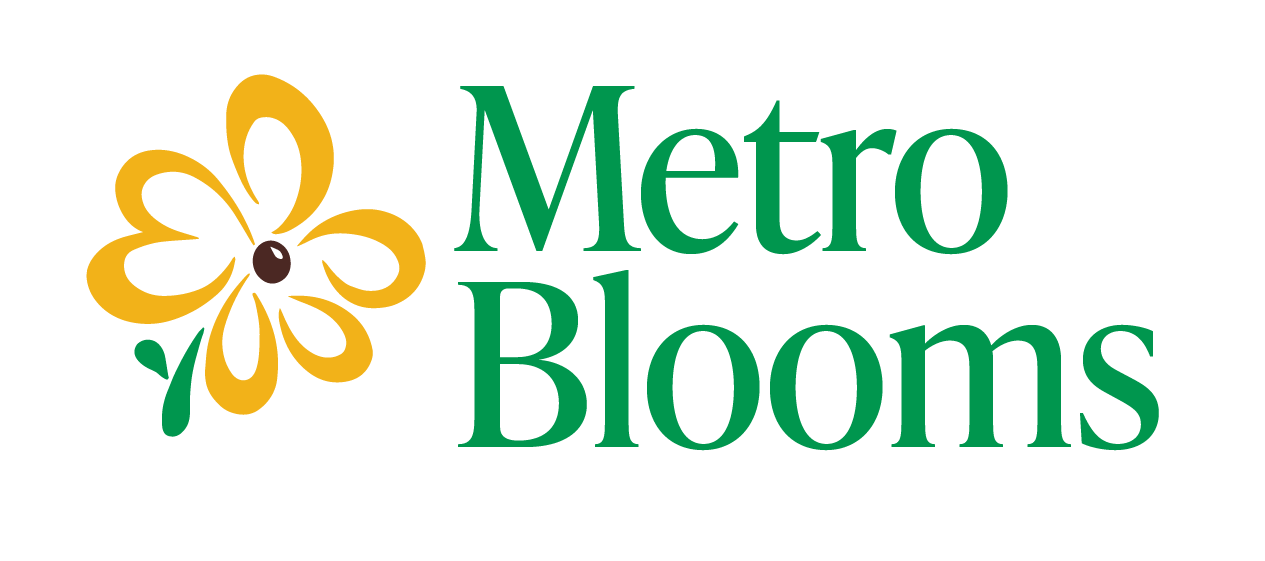Landscape and photo by Russ Henry, Giving Tree Gardens
We often get questions in the fall regarding raingarden maintenance. One of our Landscape Designers, Andy Novak, recently shared this thoughtful information with one of our Blooming Alley participants, and we thought we’d share it with you all too since it’s very applicable to any area of your yard.
“The most important task if ensuring that you do not have any unwanted weeds; particularly small weedy trees.
If you would like to trim your plants now, you certainly can. At this point it is mostly an aesthetic preference. Many times, gardeners will leave some of their plants standing for the winter, as some plants are particularly nice for winter interest in the garden. The other big benefit to this practice is that plants can provide good habitat for over-wintering birds and pollinators.
So the decision to trim now or wait is up to you and based on how you would like your yard to look during the coming winter.
An interesting point to note: Many native plant gardeners, myself included, are leaving plant material in their gardens after they have trimmed it up. This practice of letting plants grow in their own litter has some great benefits as it more closely resembles the growing conditions of the natural environment that these plants would normally grow in. My technique is to trim each of the plants into smaller pieces, starting from the top of the plant and working downward. I make cuts every 4-6 inches or so and just let the material fall into place. Again, this is up to you and how you would like your garden to look.
The only important thing is to have your plants trimmed before new growth begins next spring.”
Another interesting note: Our friends at the Bee Lab recommend leaving some stalks that are 3 feet high for bees that nest in them over the winter. And if you do trim plants in the spring, leave some stalks that are 12-18″ tall, as some species of bees will continue to use this for nesting habitat.
If you have specific questions about maintenance you can always visit out Q & A page as well: http://metroblooms.org/resources/qa/
